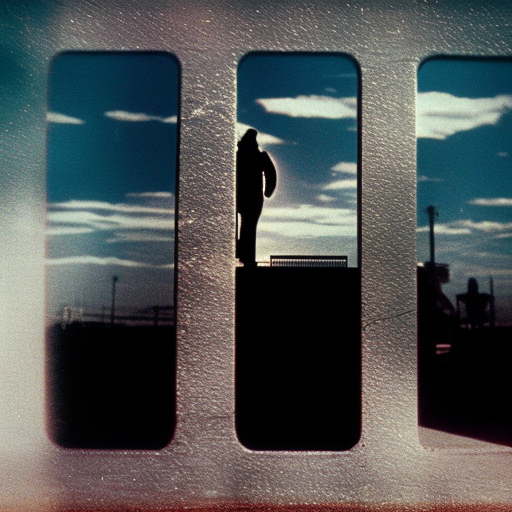Summary: STS-51-L
The Space Shuttle Challenger disaster, also known as STS-51-L, occurred on January 28, 1986. It was a tragic event that resulted in the loss of the entire crew and the destruction of the Space Shuttle Challenger. The mission was supposed to be the 25th flight of the Space Shuttle program and was highly anticipated due to the presence of Christa McAuliffe, who was set to become the first civilian teacher in space.
The Crew
The crew of STS-51-L consisted of seven members. The commander was Francis R. Scobee, and the pilot was Michael J. Smith. The mission specialists were Ronald McNair, Ellison Onizuka, and Judith Resnik. The payload specialists were Gregory Jarvis and Christa McAuliffe.
The Disaster
The launch of the Challenger was originally scheduled for January 22, 1986, but due to weather conditions, it was postponed several times. Finally, on January 28, the Challenger was cleared for launch. However, just 73 seconds after liftoff, disaster struck. The Challenger broke apart, resulting in the deaths of all seven crew members.
The cause of the disaster was later determined to be the failure of an O-ring seal in one of the solid rocket boosters. The O-ring was designed to prevent hot gases from escaping, but due to the cold weather on the day of the launch, it failed to seal properly. This led to the breach of the external fuel tank, causing the explosion.
Impact and Investigation
The Challenger disaster had a profound impact on the space program and the nation as a whole. It was a devastating blow to NASA and raised serious questions about the safety of the Space Shuttle program. The disaster prompted a thorough investigation by the Rogers Commission, which was led by former Secretary of State William P. Rogers.
The Rogers Commission determined that the primary cause of the accident was the failure of the O-ring seal. However, they also identified organizational and management failures within NASA that contributed to the disaster. The commission made several recommendations to improve the safety and management of the Space Shuttle program.
Legacy
The Challenger disaster led to a suspension of the Space Shuttle program for nearly three years. It also resulted in significant changes to the design and operation of the Space Shuttle. NASA implemented numerous safety improvements, including the redesign of the solid rocket boosters and enhanced safety protocols.
The tragedy also had a lasting impact on the public’s perception of space exploration. It served as a reminder of the risks involved in space travel and the importance of safety. The loss of Christa McAuliffe, in particular, deeply affected the nation, as she was seen as a symbol of hope and inspiration.
In conclusion, the STS-51-L mission, also known as the Challenger disaster, was a tragic event that resulted in the loss of the entire crew and the destruction of the Space Shuttle Challenger. The failure of an O-ring seal in one of the solid rocket boosters led to the explosion just 73 seconds after liftoff. The disaster prompted a thorough investigation and led to significant changes in the Space Shuttle program. It also had a lasting impact on the public’s perception of space exploration and the importance of safety.












